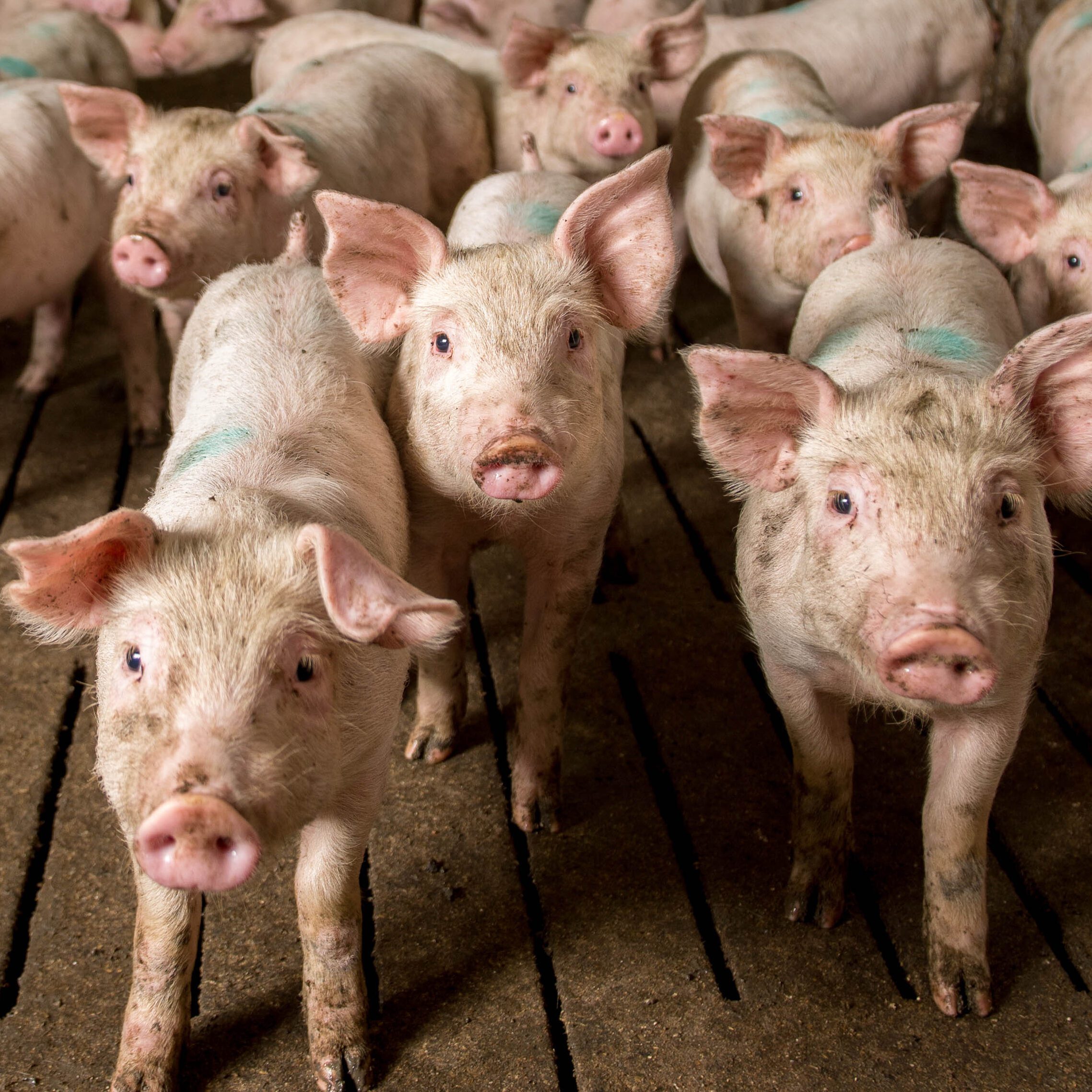The objective of this study was to determine the energy value of soyhulls as well as determine if increasing levels of soyhulls alter nitrogen digestibility in gilts. Two repetitions were conducted using 24 gilts (PIC 337 X 1050, Genus, Hendersonville, TN) with a starting body weight (BW) of 45 kg ± 5 kg for 21 days. During the 21 days, gilts were allowed a 3-day acclimation period with a 4-day fecal and urine collection period for a total of 3 phases of sample collections. The four diets were formulated based on Lys:ME and contained varying levels of soyhulls (ADM Des Moines) starting with 0%, then increasing to 10%, 20%, 40%. Gilts remained on their respective diets for the duration of the study. Total urine and fecal excretion were collected for the 4-day period. Urine, fecal, feed, and soyhull samples were analyzed for total N and CP (TruMac N; LECO Corp., St. Joseph, MI) and gross energy using an iosperibolic bomb calorimeter (Model 6200; Parr Instrument Co., Moline, IL). Metabolizable energy was calculated using a prediction equation. Data were analyzed using SAS 9.4 (SAS Institute, Cary, NC) using the GLIMMIX procedure and pig was the experimental unit. Results were considered significant if P ≤ 0.05. Feed efficiency and feed intake were not significant across dietary treatments and replications, but significant across collection phases (P< 0.0001). Body weight was significant across phases and replications (P< 0.0001) but was not significant across treatments. ATTD (apparent total tract digestibility) of N (nitrogen) was significantly different across phase and treatments (P≤ 0.0001) and there was a tendency for a treatment by phase interaction (P< 0.0624). Fecal nitrogen output was significant across treatments (P≤0.0001) and phases (P< 0.0491). Total urine nitrogen output was significant across phases and treatments and there was a significant treatment by phase interaction (P ≤ 0.0001). Nitrogen retention was significant across phases (P≤0.0001). Metabolizable energy (ME) decreased as soyhulls were increased in the diets across all dietary treatments and collection phases. ME was significant between collection phases (P≤0.0001) and there was a tendency with dietary treatments (P< 0.0651). In conclusion, the increase in soyhulls up to 40% in the diet increases total urinary and fecal N output and the increase in soyhulls decreases metabolizable energy.
Mayer, M., and L. Greiner. 2025. The determination of the energy value of soyhulls in growing swine. 2025 American Society of Animal Science Midwest Section meeting, Abstract 182.
